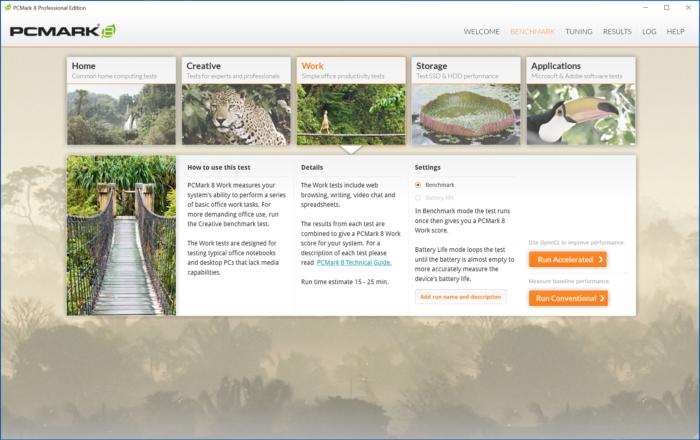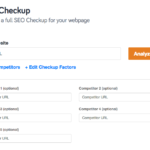There are three basic requirements that an antivirus suite needs:
- High detection rate for malware and other threats
- Low impact on system resources
- An easy-to-use interface
That’s not all to consider, however. These days, many security suites come with extras such as a backup service for your most essential files, Android apps for mobile security, a more advanced firewall, family protection (read: child restriction) features, and the right to use the program on multiple PCs. Whether you need those extras depends on your personal situation.
How we test
First, we take a look at the interface to determine how easy or complicated it is. Does the interface make it easy to get at essential tools like PC scans and password managers, for example, or is everything buried under multiple clicks? Are there elements that look like they should be clickable but aren’t? Are alerts interactive or purely informational, and does that make sense in context?
We also examine the features on offer. Every good antivirus suite should have the basics like scanning and real-time protection, but many vendors offer elements that go beyond basic security like password managers or firewalls. We try to discern whether any of these extra features are particularly useful, or just frills that look nice but don’t serve a practical purpose.
To test the suite’s demand on system resources, we run two benchmarks. The first is PCMark 8’s Work Conventional test, which simulates a variety of workloads including editing spreadsheets, browsing the web, and running video chat.
We run the benchmark before the security suite is installed. Then we install the software, have it run a full scan on our Windows 10 test machine, and start a second run of the benchmark at the same time. Then we compare the overall scores to see if the decline between the two benchmarks is significant.
As a harsher stress test, we also use Handbrake to transcode a video before and after installing the A/V. On most home PCs, this encoding task utilizes 100 percent of the CPU. We then compare transcoding times to see if there’s any significant decline.
Our test machine is an Acer Aspire E15 with an Intel Core i3-7100U, 4GB RAM, and a 1TB hard drive. Each security suite is tested on a clean install of Windows 10 Home.
As for the antivirus suite’s detection capabilities, we’ll rely on the opinions of security researchers dedicated to this task. We’ll take into consideration reports from outlets such as A-V Comparatives, A-V Test and SE Labs.
We’ll also take pricing into account and what you get for it.
Whenever possible we’ll review security suites using a free trial to get a sense of what consumers see when they first try out a new product.
Best antivirus: All of our reviews
Looking for a cheaper option or something with more flexibility? Or perhaps you just want to see what else is out there? Below is a list of all the antivirus suites we’ve reviewed. We’ll keep evaluating new ones and adding them here, so be sure to come back to see what else we’ve tested.









